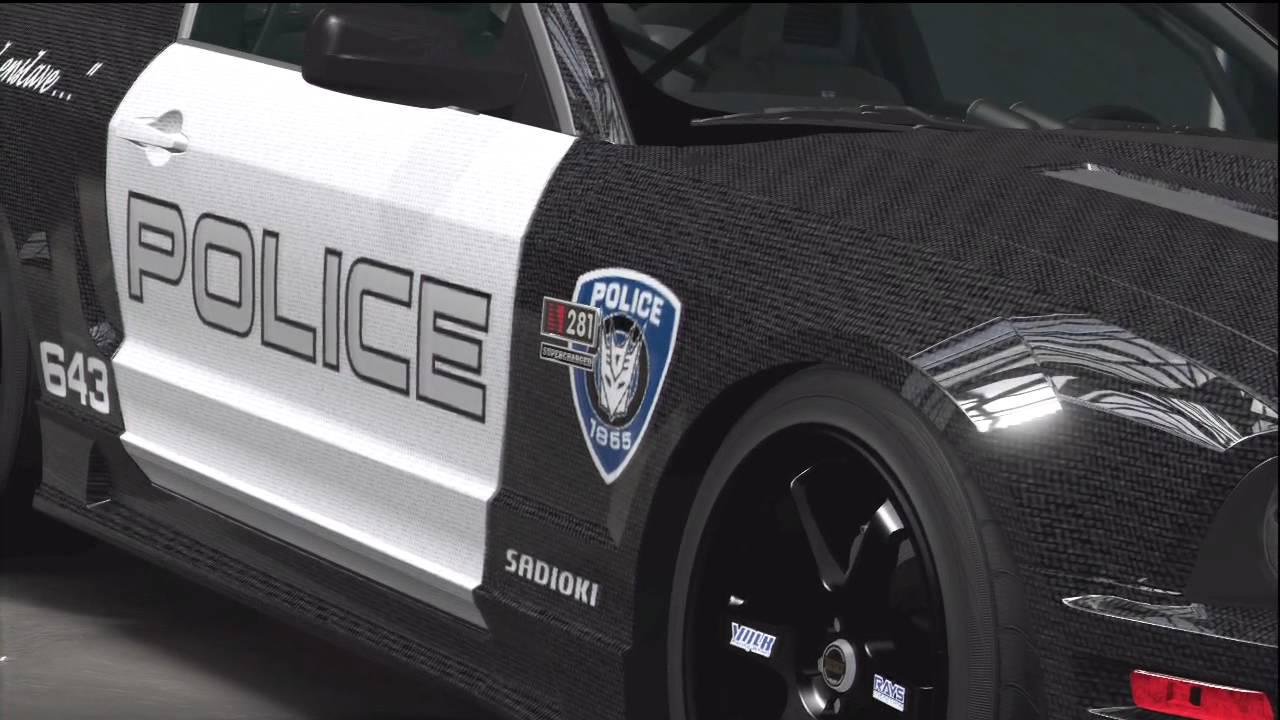The driver who died in a Tesla crash using Autopilot disregarded at least seven safety warnings – The Washington Post

The driver who died in a Tesla crash using Autopilot overlooked at least seven safety warnings
The inwards track on Washington politics.
*Invalid email address
When Joshua Brown’s Tesla slammed into the side of a tractor-trailer last year at more than seventy miles per hour, the fatal accident became the world’s very first known car crash involving a partly autonomous vehicle.
Now, government investigators say that in the minutes leading up to the collision, Brown was audibly warned six times to keep his arms on the steering wheel. He was also warned visually, seven times, on his Tesla’s dashboard.
In all, Brown had his arms off the wheel for ninety percent of his final drive, according to Tesla vehicle data reviewed by the National Transportation Safety Board. The NTSB on Monday released a harshly 500-page report detailing the facts of the case, but declined to provide a final analysis or judgment because the investigation is ongoing.
Included in the evidence are details about the highway where the crash occurred, both vehicles involved and, crucially, behavioral information from the Tesla that sheds light on Brown’s activities instantly before the accident. The case is being closely observed, because the outcome of the investigation could affect consumer attitudes toward Tesla, automation and self-driving technology in particular.
Brown’s final drive in his Tesla lasted forty one minutes, according to the NTSB. Of those forty one minutes, thirty seven were spent with the autopilot enabled. Autopilot is Tesla’s term for its high-end cruise control feature that can help a vehicle stay in its lane semi-autonomously. The company declined to comment on the report.
Tesla requires its drivers to keep their mitts on the wheel even when Autopilot is engaged. But Brown emerges to have overlooked those warnings, even as he by hand enhanced the autopilot’s speed two minutes before he crashed into the truck, according to the NTSB report.
Earlier reports by NTSB on the crash have concluded that in addition to going hands-free for the majority of the journey, Brown also made no effort to brake, steer or otherwise avert the deadly accident.
Since the crash, those reports have said, Tesla has updated its Autopilot feature to include a strikeout system, whereby drivers who repeatedly disregard safety warnings risk having their Autopilot disabled until the next time they commence the car.
At the time of the incident, Tesla said that it was the very first crash involving Autopilot in harshly one hundred thirty million miles of driving in which the technology was in control. The United States suffers a death on the roads about once every one hundred million vehicle miles traveled, according to the Insurance Institute for Highway Safety.
But while autonomous or semiautonomous driving technology could help reduce collisions in general, questions about how and when to draw the line inbetween manual and autonomous mode have yet to be fully resolved by engineers and researchers. Last year, for example, a probe by Stanford University found that drivers often had trouble taking the wheel again after letting a computer drive, even momentarily. Drivers commonly over- or undercorrected with the steering wheel, even when they knew the handoff was coming, the research found. The effects were more pronounced if driving conditions had switched substantially since the last time the drivers were in control, according to a Stanford release.